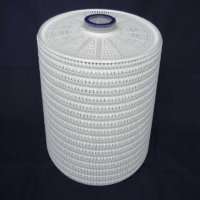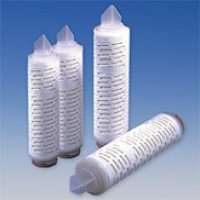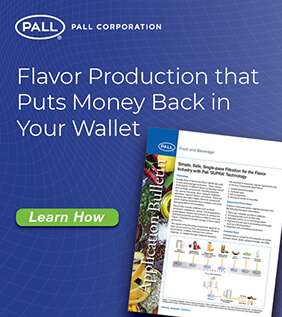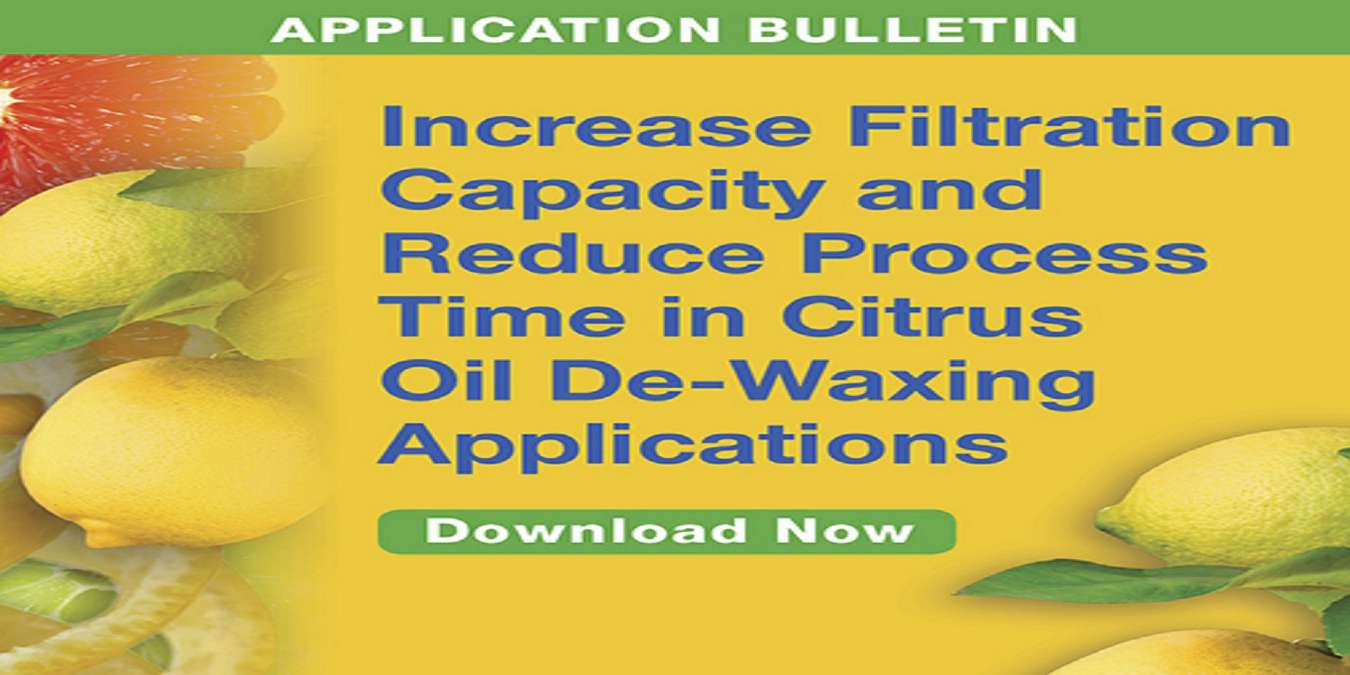Desafios na produção de sabor
Embora se ajustar às últimas tendências do consumidor seja essencial, os fabricantes de sabor também precisam atender as exigências de clareza e pureza. A seleção da tecnologia de filtração correta é fundamental para atingir esses objetivos, pois os produtores de aromas devem superar vários desafios:
- As substâncias aromatizantes podem exigir processos complexos devido à variabilidade nas matérias-primas, métodos de extração e solventes utilizados.
- A mistura de diferentes solventes e água pode causar colóides formadores de turvação, o que pode causar turvação após a embalagem.
- A opacidade/turbidez existente pode ser complexa e de diferentes origens. Ceras em óleos, por exemplo, em sabores cítricos, podem dificultar os processos de separação.
- O aramo e a cor são componentes químicos delicados. As técnicas de fabricação devem proporcionar um equilíbrio delicado na preservação das notas frágeis e, ao mesmo tempo, proporcionar clareza.
- A produção de sabores requer grande flexibilidade para processar lotes grandes e pequenos.
Os equipamentos de filtração e separação utilizados na produção de aromas devem ser seletivos e ter flexibilidade para remover as diferentes fontes de turbidez de maneira confiável. No entanto, também é essencial que estas etapas não influenciem negativamente ou reduzam características que melhoram a qualidade, como aroma e cor.
Conforme ilustrado abaixo, vários métodos de filtração são usados durante a produção de sabores para atingir objetivos específicos.
Remoção de partículas
A filtração de partículas geralmente é o ponto de partida para clarificação dos sabores dos líquidos. Esta etapa visa remover partículas grossas e finas que normalmente tendem a se depositar e formar uma camada de sedimentos no fundo dos tanques de mistura ou flutuar na superfície do sabor. Soluções eficazes para remoção de partículas incluem o uso de um filtro grosso.
Remoção de turbidez coloidal
A necessidade de misturar diferentes solventes, álcool e água impacta significativamente as solubilidades dos colóides formadores de turbidez. Uma etapa de filtração a frio pode forçar a formação das partículas para remover a névoa coloidal. Tecnologias combinando filtração e adsorção podem então remover de modo bem-sucedido a turbidez coloidal com a melhor eficiência econômica, ajudando a reduzir o risco de precipitações que podem ocorrer depois de o produto embalado. Os produtos baseados em placas de filtro de profundidade geralmente são usados nessa etapa. Entretanto, os módulos de filtro em profundidade SUPRApak™ da Pall fornece uma renovação mais eficiente por meio da adsorção.
Remoção de cera e lipídios
As ceras que ocorrem naturalmente que se originam das cascas dos cítricos são solubilizadas durante a extração. A nebulosidade após a precipitação é um efeito potencial que pode levar a uma diminuição na qualidade. Há uma variedade de métodos para separar os sólidos de cera, mas esses representam desafios. As desvantagens dos processos padrão incluem a baixa qualidade do produto final, as taxas de fluxo do processo são frequentemente baixas ou as instalações exigem grandes dimensionamentos. Substituir os filtros descartáveis para permitir a conclusão do lote pode ser demorado, trabalhoso e caro. Nossas soluções de filtragem de sabores ajudam a alcançar a estabilidade do produto e a reduzir o tempo de processamento.
Remoção de contaminantes microbiológicos
Recomenda-se que sejam incorporadas medidas de filtração para evitar a contaminação microbiológica das matérias-primas produtoras de sabor. Por exemplo, pode haver necessidade de remover TAB (bactérias termoacidofílicas) de produtos químicos e ingredientes aromáticos ou leveduras que possam estar presentes em aglutinantes. A Pall desenvolveu uma série de placas de filtro de profundidade projetadas para uma remoção eficiente.
Remoção de água de sabores à base de óleo
Em muitos casos, os sabores à base de óleo são extraídos de plantas e podem conter vestígios de água das células vegetais. Uma etapa de coalescimento ou separação geralmente é necessária para remover a água para alcançar um óleo essencial puro. As soluções Pall utilizam adsorção para eliminar a água de forma eficaz, reduzindo o tempo de contato necessário.







